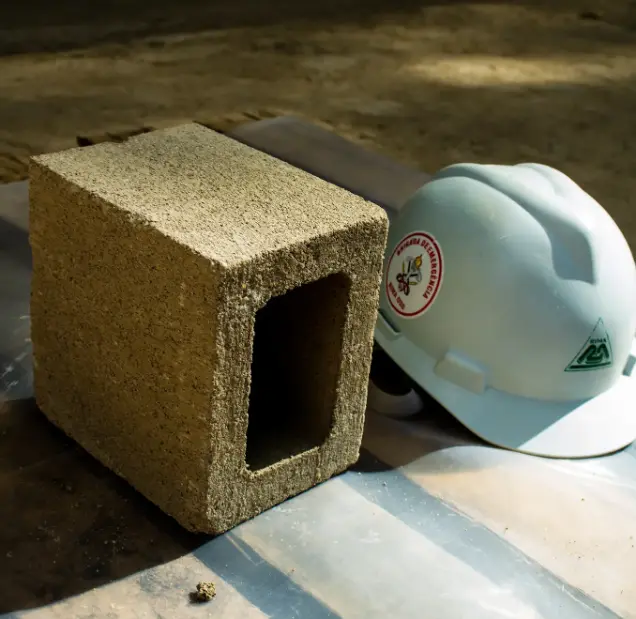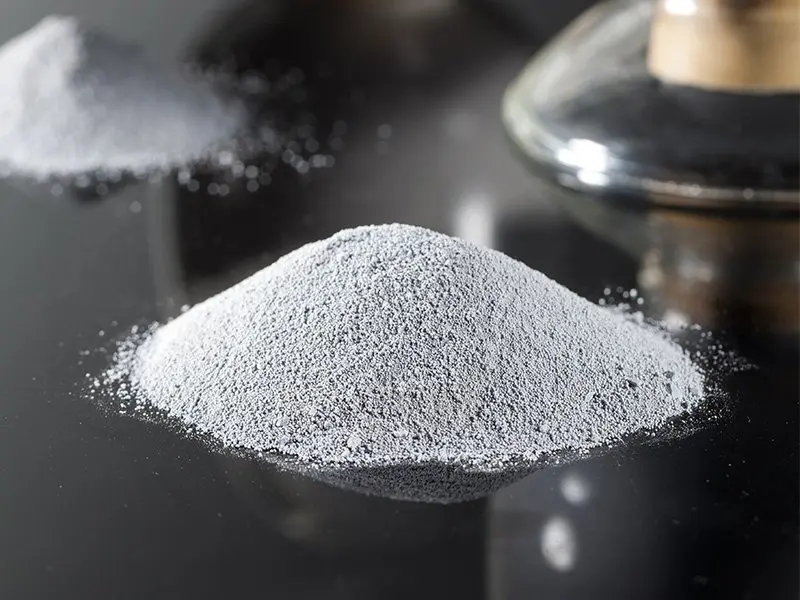

The RIMA Group uses advanced technology to produce concrete artifacts, making use of by-products from quartz mining for use in the manufacturing of silicon-based alloys. This innovative process ensures that our products are not only sustainable, but also highly resistant and durable, ideal for construction and paving.
Our products strictly comply with NBR 6136 for structural blocks and NBR 9780/9781 for interlocking PAVER. Combining environmental efficiency and technical excellence, RIMA's products offer robust and ecological solutions for a wide range of construction applications.


Active silica, also known as microsilica, is an amorphous variety of silica formed during the production of Ferro Silicon and Silicon Metal. It is collected in the furnaces’ dedusting systems , and due to its metallurgical origin, has greater stability in terms of chemical and physical composition.
At the RIMA Group, active silica is captured through a dedusting system developed and implemented by our own Engineering Department in all silicon-based alloy production plants. Both the term active silica and micro silica refer to the same material and are used interchangeably to describe this valuable additive.
Active silica plays a crucial role as an additive in the production of Portland cement, high-performance concrete, mortars, the precast industry, in the ceramics industry, in the refractory industry and in agriculture. The use of active silica in the production of Portland cement offers significant technical benefits. Due to its finely divided properties and high chemical reactivity, it improves the mechanical properties and durability of cement and concrete. It increases resistance to compression, traction and wear, as well as increasing the durability of concrete, enabling the construction of more robust and long-lasting structures.
Active silica is also widely used in the precast industry, where its incorporation into concrete formulations making it possible to produce high-strength, high-quality structural elements. The presence of silica helps reduce porosity and improves the cohesion and workability of concrete, facilitating the molding process and increasing the dimensional accuracy of precast parts.
In the ceramics and refractory industry, active silica plays an important role as a binding and strengthening agent. Its addition to ceramic and refractory material, formulations improves the mechanical strength, thermal stability and chemical resistance of the end products. This results in more resistant and durable ceramics, capable of withstanding extreme temperature and environmental conditions.
[wpforms id="16007"]
